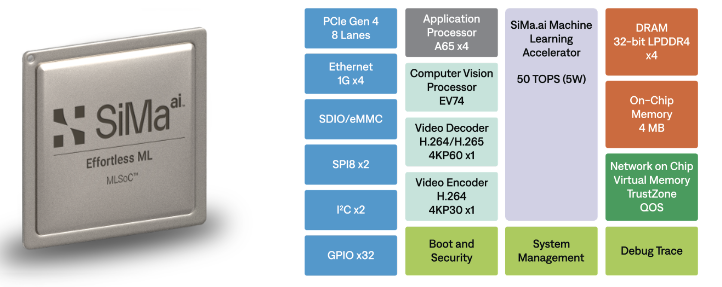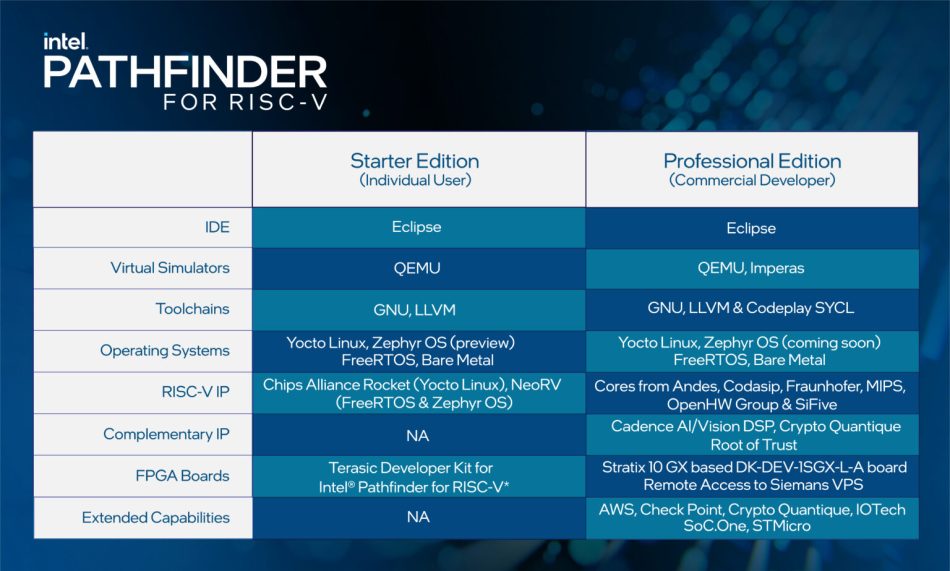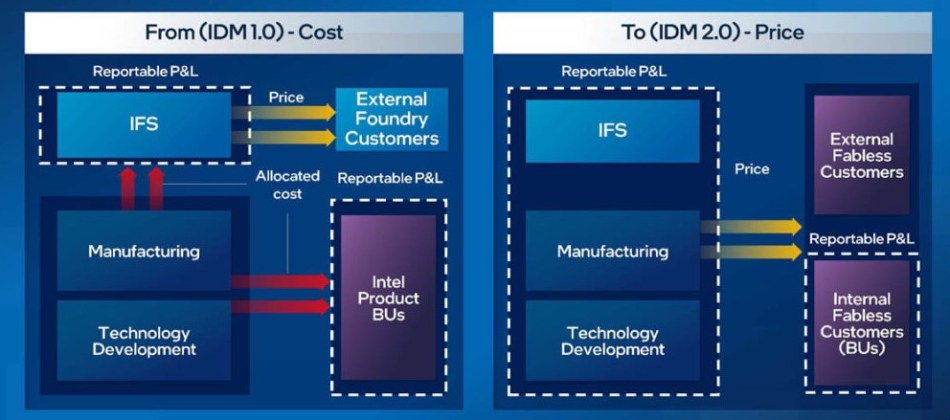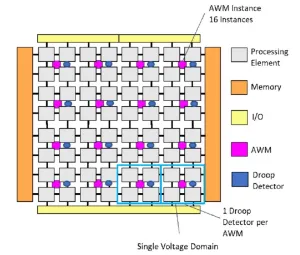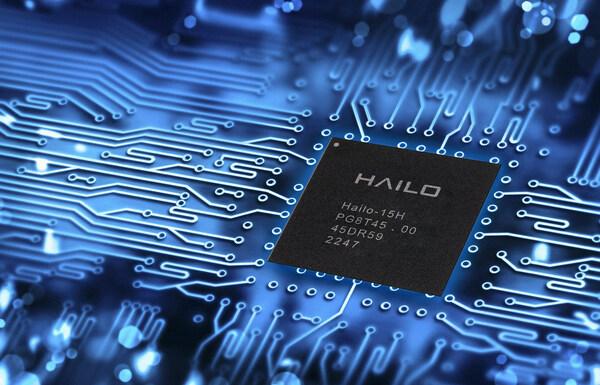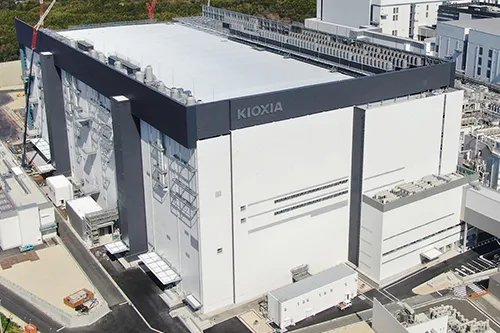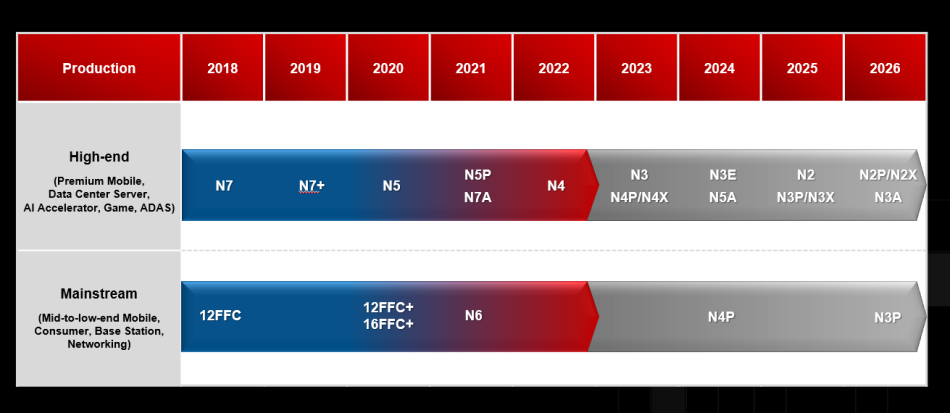
AI features in EDA tools: Facts and fiction
- ICDesign
- 2023-09-23 23:01:19
Is artificial intelligence (AI) in EDA tools merely a marketing gimmick, or does it offer actual design value? When you ask EDA industry executives, they acknowledge it’s a work in progress. They are also quick to point out that the use of AI in chip design and EDA is different from consumer AI commonly used in media or entertainment applications.
In short, AI is still in its infancy, not just for EDA but for virtually every application. However, Laurie Balch, research director at Pedestal Research, also adds some historical perspective here. “It’s not at all surprising that at this stage of development, the tools aren’t especially streamlined and user-friendly,” she said.
EDA software justifiably tends to focus first on getting the results right because the consequences of poor results are catastrophic for users. Just look at all the bogus results that users of AI tools have encountered in their interactions with ChatGPT and other AI platforms. So, EDA users must be confident that their tools will give them reliable output from the get-go to avoid massively expensive design disasters.




Figure 1 It’s important to distinguish between consumer AI tools like ChatGPT and industrial-grade AI employed in EDA tools. Source: Siemens EDA
“Leading-edge EDA tools often don’t initially prioritize ease-of-use and instead address that issue at a later phase once the underlying technology has proven itself,” Balch added. “So, this criticism is neither unusual nor unexpected, but AI in EDA tools will almost certainly be improved in future tool iterations.”
Amit Gupta, VP and GM of the Custom IC Verification division at Siemens EDA, expressed similar views at the launch of the AI-powered Solido design environment at DAC 2023. “What’s unique in the EDA industry is the high-accuracy requirement due to the high cost of errors,” he said. “It’s different from consumer AI, so it’s really worth keeping results clean and data input that trains AI models clean as well.”
AI-powered IC verification
Gupta called the AI maturity model analogous to the self-driving maturity model comprising several levels. “What we have been able to do with the Solido design environment is to take advantage of years of assets to build up models and ways of acquiring data,” he added. “We clean that data efficiently to train the models and use the algorithms that handle various design tasks.”
Siemens EDA’s Solido IC design and verification solution provides a single cockpit that handles nominal and variation-aware analysis, including SPICE-level circuit simulation setup, measurements and regressions, and waveforms and statistical results analysis. It employs AI to perform production-accurate statistical yield analysis at a fraction of runtime compared to brute-force methods.

Figure 2 Solido design environment encompasses standard cell, memory, and analog IPs while featuring AI for tasks like signoff variation analysis. Source: Siemens EDA
An AI-centric feature, additive Learning, facilitates smarter and faster design analysis and decisions while automatically delivering correct results using retained AI models. Additive AI, the next stage after adaptive AI, enables processing through temporal learning AI systems. On the other hand, adaptive AI accelerates existing processes utilizing AI techniques. The third and final stage, assistive AI, will enhance engineering productivity by enabling new insights and optimizations while leveraging generative AI.
“When we look at the definition of AI, it is a reasonable description of what Solido does,” Balch said. “Using algorithmic savvy and computing creativity to anticipate design problems earlier than they’d ordinarily be identified is a form of AI applied to EDA.”
She added that AI is an apt description of leading-edge EDA tool functionality, which uses complex algorithms and prior data to automate complex human analysis processes by recognizing patterns and making predictions about circuit design. The further explain this premise, Balch said that this idea has special relevance for EDA, which is so deeply technical that few people outside our design community really have any understanding of what this industry is.
In short, while AI is in the early stages of maturity in EDA tools, it does offer the promise of new insights for debugging, diagnostics, and yield.
Evolution not revolution
WeiLii Tan, principal product manager at Siemens EDA, acknowledged that EDA solutions must evolve while moving beyond traditional way of iterating designs. He also outlined three stages of AI evolution in EDA tools.
First, AI is purely used in runtime computer performance to crunch numbers and calculations that would have taken orders of magnitude more time. That significantly increases the efficiency of numbers-crunching machines. Second, AI is employed to improve productivity through analytics, for instance, visualization, and thus increase the efficiency of humans operating the machines.
The third AI stage goes one step deeper to provide insights into design engineers’ problems. Here, Tan emphasized the need for industrial-grade AI, so AI is verifiable by the machine and the user. “It will show how accurate my answer is by using AI compared to tried-and-tested methods.”

Figure 3 With AI capabilities, the Solido design environment claims to achieve verification accuracy of up to 6 sigma. Source: Siemens EDA
Besides the evolution of the AI use in EDA tools, there are other issues as well. According to Gupta, while deploying AI tools in Solido, there was a lot of skepticism and resistance among engineers. “While there were some early adopters, a vast majority of design engineers tended to do things the way they have been doing for a long time,” he said. “However, when accuracy and signoff quality matters and engineers aren’t algorithm experts, this is where we are trying to capture engineers using AI tools.”
Gupta added that this is not something we discovered on day one, so this is an evolution for us. “While we were focused on accuracy initially, we eventually realized the importance of user interface to have the right insight into how algorithms converge into solutions,” he said. “So, design engineers have trust that algorithms are working and that it’s not just a black box.”
More than buzzword
EDA’s entire premise is to automate electronics design and offload many of the technical intricacies from the engineering teams. Here, AI provides design engineers with new insights and guides them to root cause in a fraction of the time of traditional techniques. It also allows designers to work with increasingly large data sets to better understand and analyze results.
According to Siemens EDA, additive learning in Solido reuses knowledge from previous jobs on similar designs to save runtime by 10-100x. So, as Balch puts it, while there is undoubtedly marketing value in utilizing the term AI, it’s also a valid description of certain types of advanced EDA technology.
Related Content
EDA 2.0: Catalyzing the HumanExclusive: Aart de Geus on AI-driven EDAAI in EDA addresses demand for smart everythingHow generative AI puts the magic back in hardware designTo Conquer SoC Design Challenges, Change EDA Methods and ToolsAI features in EDA tools: Facts and fiction由Voice of the EngineerICDesignColumn releasethank you for your recognition of Voice of the Engineer and for our original works As well as the favor of the article, you are very welcome to share it on your personal website or circle of friends, but please indicate the source of the article when reprinting it.“AI features in EDA tools: Facts and fiction”

